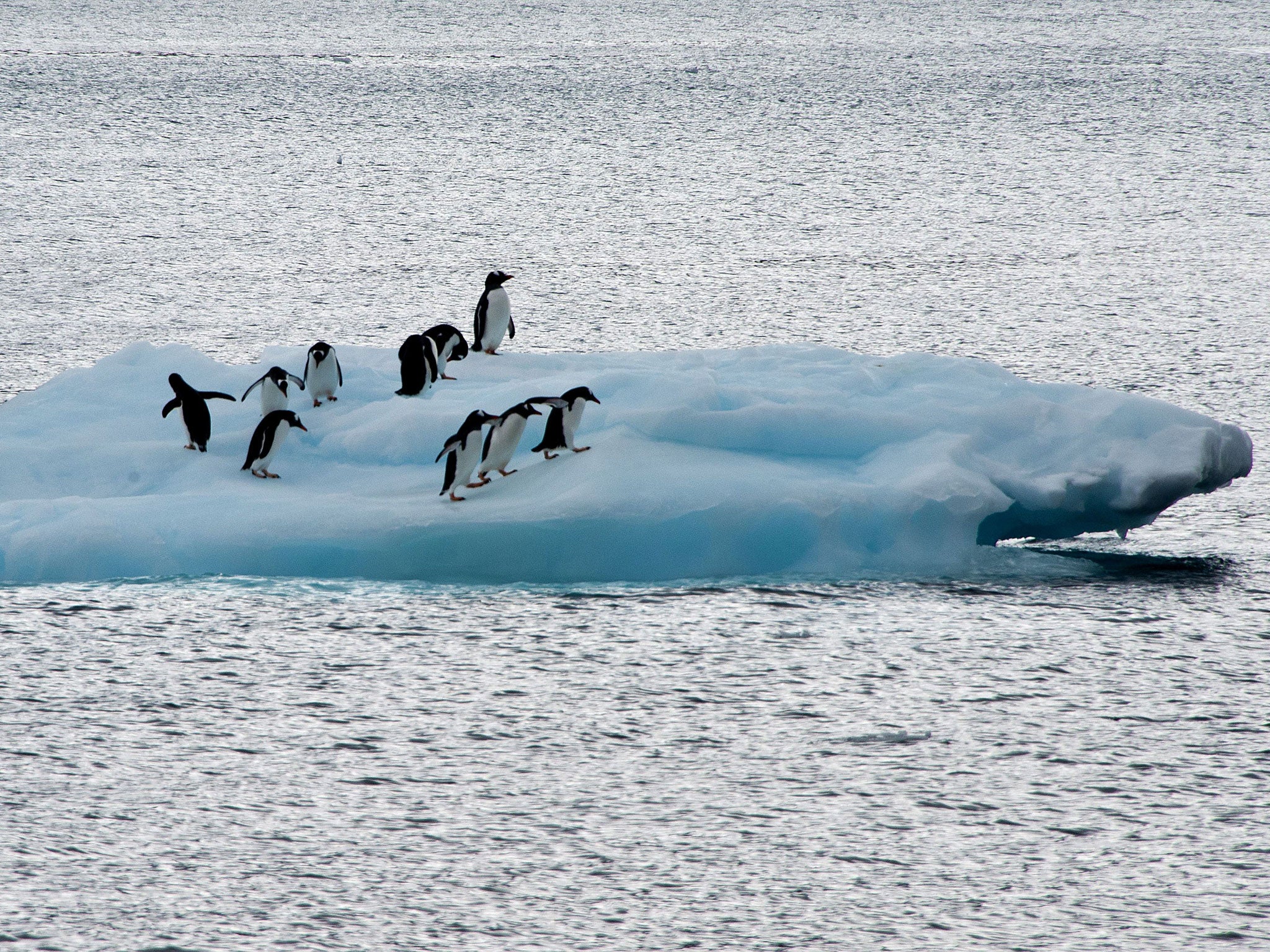Marine biologists unlock the secrets of Antarctica
Among the discoveries are crabs that are able to live within the clouds of sulphur emitted by live underwater volcanoes

Marine biologists from across the world have produced an atlas of sea life in the Antarctic Ocean from microbes to whales, finding thousands of new species in the process.
Among the discoveries were crabs that are able to live within the clouds of sulphur emitted by live underwater volcanoes and a new type of barnacle that has stems 50 times longer than its head.
They also found that climate change had potentially caused changes in the breeding patterns of penguins.
The project was the first of this magnitude since the publication of the Antactic Map Folio Series 45 years ago.
Dr Katrin Linse, an expert in Antarctic molluscs at the British Antartic Survey, told The Independent: “Since 1969 there has been no update but lots of science done in that period and lots of species discovered.
“We had knowledge of 3,000 or 4,000 species when this process began, but now we know of more like 9,000 -- so it has hugely increased the number of known species.”
She added: “A lot of nations came together and put a lot of information together and specialists were chosen to analyse the data and when you do that you suddenly start to see changes.” The atlas, published this week by the Scientific Committee on Antarctic Research, follows four years work by leading oceanographers and biologists compiling everything they know about ocean species including microbes, fish, mammals and birds.
Dr Linse added: “Now if we observe distribution changes or breeding areas, we can say for sure if it represents a change rather than just a year that is different for some reason.”
Claude De Broyer, of the Royal Belgian Institute of Natural Sciences, said: “The data and expert opinions in the atlas will help inform conservation policy, including the debate over whether or not to establish marine protected areas in the open ocean.”
The atlas also gives scientists the ability to predict what effect climate change could have on the distribution of key species, using sophisticated environmental models coupled with the existing species distribution data.
The book was a remarkable example of international co-operation. It was produced using data from 147 scientists from 91 different academic institutions in 22 countries.
Huw Griffiths, author and editor of the British Antarctic Survey, said: “The book is unique and contains an amazing collection of information and photos.
“It’s been an enormous international effort and will serve as a legacy to the dedicated team of scientists who have contributed to it.
“The atlas is a must-read for anyone interested in the animals living at the end of the Earth.”
Join our commenting forum
Join thought-provoking conversations, follow other Independent readers and see their replies
Comments
Bookmark popover
Removed from bookmarks